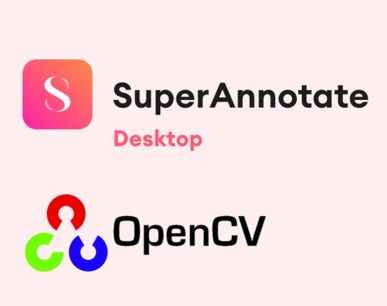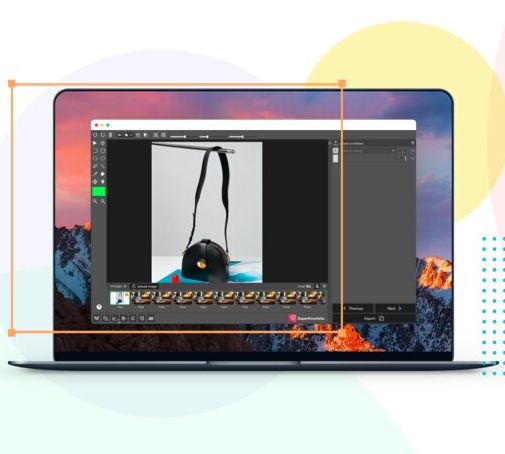| Build Your Own Computer Vision Device With OpenCV and SuperAnnotate |
| Written by Alex Denham |
| Tuesday, 09 February 2021 |
|
SuperAnnotate and OpenCV are partnering to offer users of the OpenCV AI Kit (OAK) access to SuperAnnotate's NoCode platform with the aim of building a smart camera with AI, trained on their own examples. As part of the scheme, SuperAnnotate has launched a computer vision course explaining how to building a computer vision model and how to set up the AI Kit’s camera to detect various objects. They are also offering OpenCV AI Kit users a $200 credit for its services to set up their systems on its platform. OpenCV AI Kit, OAK for short, described as a tiny, powerful, open source Spatial AI system. It is a multi-camera device that can perform computer vision and 3D perception tasks. It can identify objects, count people, and find distances to and between things in frame. Since its launch, the OpenCV team has distributed around 11k of these cameras. OpenCV was built to provide a common infrastructure for computer vision applications. It is BSD-licensed, so users can utilize and modify the code. The OpenCV library has over 2500 optimized algorithms, including both classic and state-of-the-art computer vision and machine learning algorithms. These can be used to detect and recognize faces, identify objects, classify human actions in videos, track camera movements, track moving objects, extract 3D models of objects, produce 3D point clouds from stereo cameras, stitch images together to produce a high resolution image of an entire scene, find similar images from an image database, remove red eyes from images taken using flash, follow eye movements, recognize scenery and establish markers to overlay it with augmented reality. SuperAnnotate offers a 'no code' solution for computer vision, so the combination offers a way to build smart devices without any computer vision and coding experience. SuperAnnotate has tools for managing image annotation, and for handling responsibilities and workflows. It has iterative model building and other automated, AI-assisted solution, and provides templates and dashboards. More InformationRelated ArticlesKickstarter Campaign For AI Computer Vision Courses OpenCV 3.0 Released - Computer Vision For The Rest Of Us To be informed about new articles on I Programmer, sign up for our weekly newsletter, subscribe to the RSS feed and follow us on Twitter, Facebook or Linkedin.
Comments
or email your comment to: comments@i-programmer.info
|




